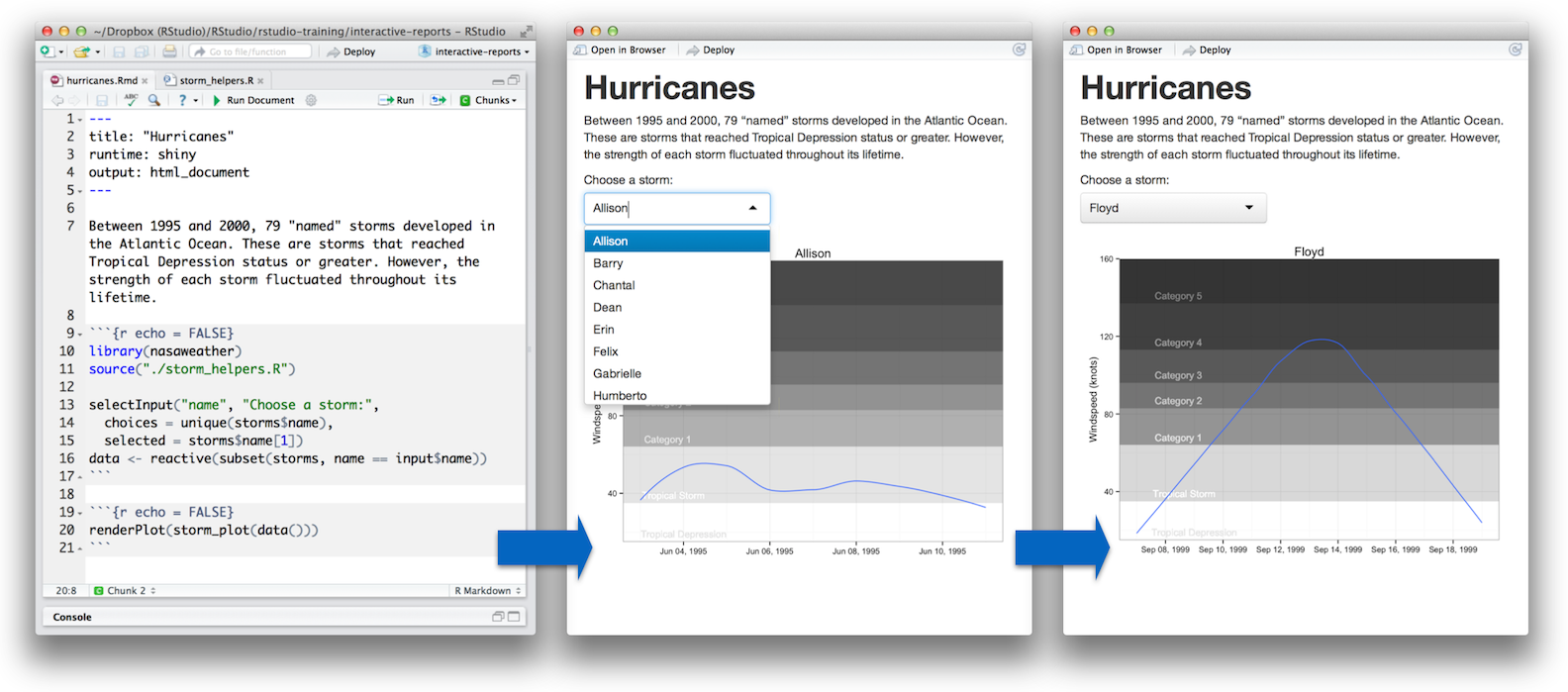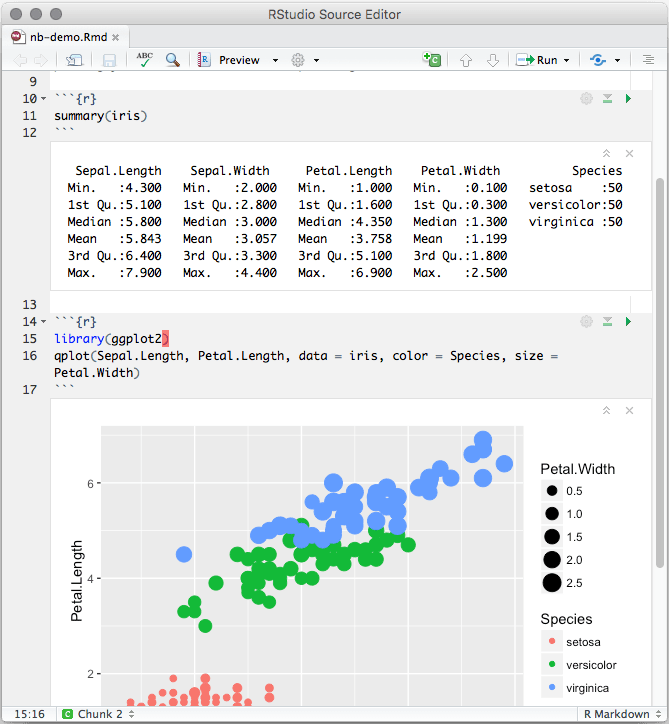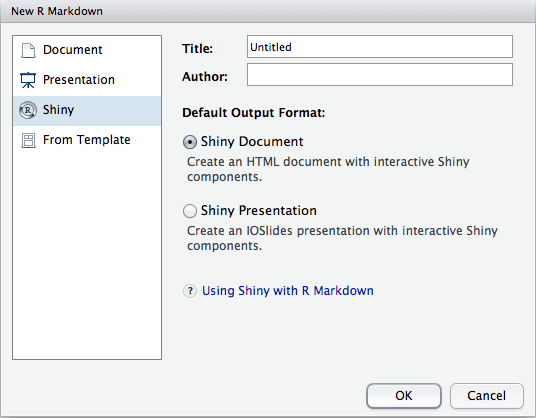- File Name: Epic Beatdowns – Megan and Ava Destroy Him MIXED FIGHTING, LEOTARD FETISH, MIXED WRESTLING, SHINY CLOTHING, SCISSORHOLD, k2s.cc, femdom.
- Shiny and R Markdown default to Bootstrap 3 and will continue to do so to avoid breaking legacy code. Serve as a general foundation for Shiny and R Markdown extension packages. Extensions such as flexdashboard, pkgdown, and bookdown already fully support bslib ’s custom theming capabilities.
Links for r-cran-shiny
'Htmlwidget' of 'Tippyjs' to add tooltips to 'Shiny' apps and 'R markdown' documents. Other shiny leone xxx porn videos. Tamil Uncle Fuck Hard Own Wife 2777 views 1:52. Desi Girl Suck Cock Kiss mark 3219 views 2:12. GNU R web application framework.
Debian Resources:
Download Source Package r-cran-shiny:
Maintainers:
- Debian R Packages Maintainers (QA Page)
- Andreas Tille (QA Page)
External Resources:
- Homepage [cran.r-project.org]

Similar packages:
GNU R web application framework
Makes it incredibly easy to build interactive web applications with R.Automatic 'reactive' binding between inputs and outputs and extensivepre-built widgets make it possible to build beautiful, responsive, andpowerful applications with minimal effort.
Other Packages Related to r-cran-shiny
|
|
|
|
- dep:fonts-font-awesome
- iconic font designed for use with Twitter Bootstrap
- dep:libjs-bootstrap
- HTML, CSS and JS framework
- dep:libjs-d3
- JavaScript visualization library for HTML and SVG
- dep:libjs-es5-shim
- ECMAScript 5 compatibility shims for old JavaScript engines (library)
- dep:libjs-highlight.js
- JavaScript library for syntax highlighting
- dep:libjs-jquery
- JavaScript library for dynamic web applications
- dep:libjs-jquery-datatables
- jQuery plug-in that makes nice tables from different data sources
- dep:libjs-jquery-selectize.js
- Extensible jQuery-based custom select UI control
- dep:libjs-jquery-ui
- JavaScript UI library for dynamic web applications
- dep:libjs-json
- JSON encoders/decoders implemented in JavaScript
- dep: libjs-normalize.css
- Package not available
- dep:libjs-twitter-bootstrap-datepicker (>= 1.3.1+dfsg1-4)
- add datepicker picker to field or to any other element
- dep:node-html5shiv
- enable use of HTML5 sectioning elements in legacy browser
- dep:r-api-4.0
- virtual package provided by r-base-core
- dep:r-base-core (>= 4.0.4-1)
- GNU R core of statistical computation and graphics system
- dep:r-cran-commonmark (>= 1.7)
- high performance CommonMark and Github markdown rendering in R
- dep:r-cran-crayon
- GNU R colored terminal output
- dep:r-cran-digest
- GNU R package for 'hash digest' of R data structures
- dep:r-cran-fastmap (>= 1.0.0)
- GNU R fast implementation of a key-value store
- dep:r-cran-glue (>= 1.3.2)
- GNU R interpreted string literals
- dep:r-cran-htmltools (>= 0.4.0.9003)
- GNU R tools for HTML
- dep:r-cran-httpuv (>= 1.5.2)
- GNU R package of HTTP and WebSocket Server Library
- dep:r-cran-jsonlite (>= 0.9.16)
- Robust, High Performance JSON Parser and Generator for R
- dep:r-cran-later (>= 1.0.0)
- GNU R utilities for delaying function execution
- dep:r-cran-mime (>= 0.3)
- R package which maps filenames to MIME Types
- dep:r-cran-promises (>= 1.1.0)
- GNU R abstractions for promise-based asynchronous programming
- dep:r-cran-r6 (>= 2.0)
- R classes with reference semantics
- dep:r-cran-rlang (>= 0.4.0)
- Functions for Base Types and Core R and 'Tidyverse' Features
- dep:r-cran-sourcetools
- tools for reading, tokenizing and parsing R code
- dep:r-cran-withr
- GNU R package to run code 'With' temporarily modified global state
- dep:r-cran-xtable
- GNU R coerce data to LaTeX and HTML tables
- rec:r-cran-dygraphs
- GNU R interface to 'Dygraphs' interactive time series charting library
- rec:r-cran-future
- R package: A Future API for R
- rec:r-cran-ggplot2
- implementation of the Grammar of Graphics
- rec:r-cran-testthat (>= 2.1.1)
- GNU R testsuite
- sug:r-cran-cairo (>= 1.5-5)
- GNU R graphics device using cairo graphics library
- sug:r-cran-knitr (>= 1.6)
- GNU R package for dynamic report generation using Literate Programming
- sug:r-cran-magrittr
- GNU R forward-pipe operator
- sug:r-cran-markdown
- GNU R package providing R bindings to the Sundown Markdown rendering library
- sug:r-cran-ragg
- GNU R graphic devices based on AGG
- sug:r-cran-rmarkdown
- convert R markdown documents into a variety of formats
- sug:r-cran-yaml
- Methods to convert R data to YAML and back
Download r-cran-shiny
| Architecture | Package Size | Installed Size | Files |
|---|---|---|---|
| all | 3,514.6 kB | 7,526.0 kB | [list of files] |
Note: This article is now several years old. If you have RStudio Connect, there are more modern ways of updating data in a Shiny app.
Shiny applications are often backed by fluid, changing data. Data updates can occur at different time scales: from scheduled daily updates to live streaming data and ad-hoc user inputs. This article describes best practices for handling data updates in Shiny, and discusses deployment strategies for automating data updates.

This post builds off of a 2017 rstudio::conf talk. The recording of the original talk and the sample code for this post are available.
The end goal of this example is a dashboard to help skiers in Colorado select a resort to visit. Recommendations are based on:
- Snow reports that provide useful metrics like number of runs open and amount of new snow. Snow reports are updated daily.
- Weather data, updated in near real-time from a live stream.
- User preferences, entered in the dashboard.
The backend for the dashboard looks like:
Automate Scheduled Data Updates
The first challenge is preparing the daily data. In this case, the data preparation requires a series of API requests and then basic data cleansing. The code for this process is written into an R Markdown document, alongside process documentation and a few simple graphs that help validate the new data. The R Markdown document ends by saving the cleansed data into a shared data directory. The entire R Markdown document is scheduled for execution.
It may seem odd at first to use a R Markdown document as the scheduled task. However, our team has found it incredibly useful to be able to look back through historical renderings of the “report” to gut-check the process. Using R Markdown also forces us to properly document the scheduled process.
We use RStudio Connect to easily schedule the document, view past historical renderings, and ultimately to host the application. If the job fails, Connect also sends us an email containing stdout from the render, which helps us stay on top of errors. (Connect can optionally send the successfully rendered report, as well.) However, the same scheduling could be accomplished with a workflow tool or even CRON.
Shiny Markdown Pdf
Make sure the data, written to shared storage, is readable by the user running the Shiny application - typically a service account like rstudio-connect or shiny can be set as the run-as user to ensure consistent behavior.

Alternatively, instead of writing results to the file system, prepped data can be saved to a view in a database.
Using Scheduled Data in Shiny
The dashboard needs to look for updates to the underlying shared data and automatically update when the data changes. (It wouldn’t be a very good dashboard if users had to refresh a page to see new data.) In Shiny, this behavior is accomplished with the reactiveFileReader function:
The function checks the shared data file’s update timestamp every intervalMillis to see if the data has changed. If the data has changed, the file is re-read using readFunc. The resulting data object, daily_data, is reactive and can be used in downstream functions like render***.
If the cleansed data is stored in a database instead of written to a file in shared storage, use reactivePoll. reactivePoll is similar to reactiveFileReader, but instead of checking the file’s update timestamp, a second function needs to be supplied that identifies when the database is updated. The function’s help documentation includes an example.
Streaming Data
The second challenge is updating the dashboard with live streaming weather data. One way for Shiny to ingest a stream of data is by turning the stream into “micro-batches”. The invalidateLater function can be used for this purpose:
This causes Shiny to poll the streaming API every 100 milliseconds for new data. The results are available in the reactive data object liveish_data. Picking how often to poll for data depends on a few factors:
- Does the upstream API enforce rate limits?
- How long does a data update take? The application will be blocked while it polls data.
The goal is to pick a polling time that balances the user’s desire for “live” data with these two concerns.
Shiny Markdown Reactive
Conclusion
Shiny Markdown Report
To summarize, this architecture provides a number of benefits: No more painful, manual running of R code every day! Dashboard code is isolated from data prep code. There is enough flexibility to meet user requirements for live and daily data, while preventing un-necessary number crunching on the backend.
